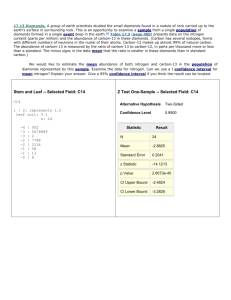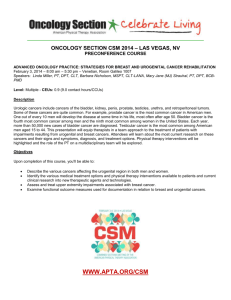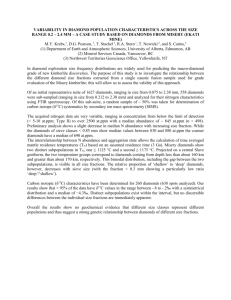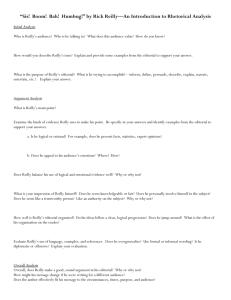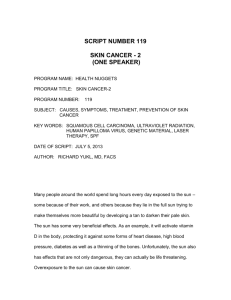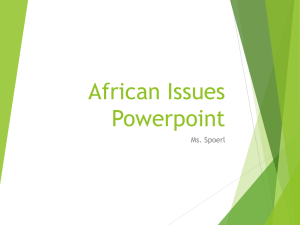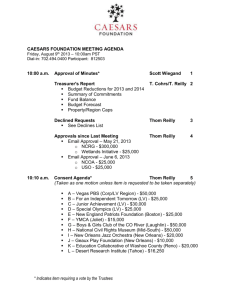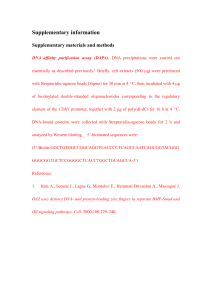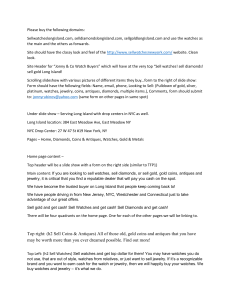Media Release
advertisement
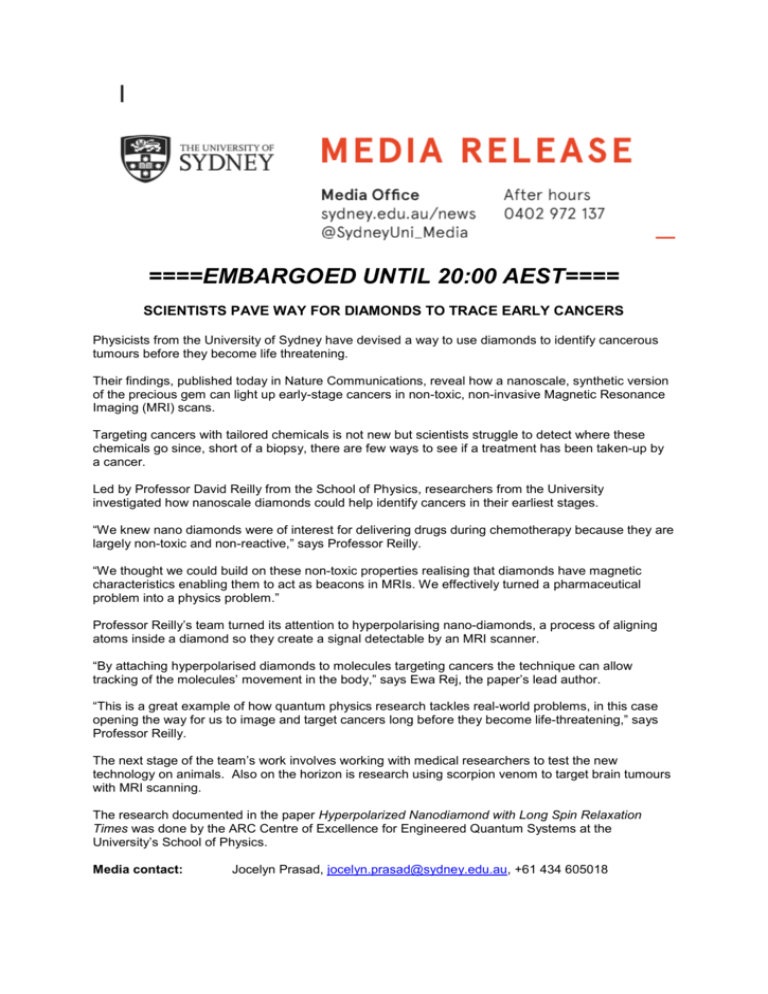
====EMBARGOED UNTIL 20:00 AEST==== SCIENTISTS PAVE WAY FOR DIAMONDS TO TRACE EARLY CANCERS Physicists from the University of Sydney have devised a way to use diamonds to identify cancerous tumours before they become life threatening. Their findings, published today in Nature Communications, reveal how a nanoscale, synthetic version of the precious gem can light up early-stage cancers in non-toxic, non-invasive Magnetic Resonance Imaging (MRI) scans. Targeting cancers with tailored chemicals is not new but scientists struggle to detect where these chemicals go since, short of a biopsy, there are few ways to see if a treatment has been taken-up by a cancer. Led by Professor David Reilly from the School of Physics, researchers from the University investigated how nanoscale diamonds could help identify cancers in their earliest stages. “We knew nano diamonds were of interest for delivering drugs during chemotherapy because they are largely non-toxic and non-reactive,” says Professor Reilly. “We thought we could build on these non-toxic properties realising that diamonds have magnetic characteristics enabling them to act as beacons in MRIs. We effectively turned a pharmaceutical problem into a physics problem.” Professor Reilly’s team turned its attention to hyperpolarising nano-diamonds, a process of aligning atoms inside a diamond so they create a signal detectable by an MRI scanner. “By attaching hyperpolarised diamonds to molecules targeting cancers the technique can allow tracking of the molecules’ movement in the body,” says Ewa Rej, the paper’s lead author. “This is a great example of how quantum physics research tackles real-world problems, in this case opening the way for us to image and target cancers long before they become life-threatening,” says Professor Reilly. The next stage of the team’s work involves working with medical researchers to test the new technology on animals. Also on the horizon is research using scorpion venom to target brain tumours with MRI scanning. The research documented in the paper Hyperpolarized Nanodiamond with Long Spin Relaxation Times was done by the ARC Centre of Excellence for Engineered Quantum Systems at the University’s School of Physics. Media contact: Jocelyn Prasad, jocelyn.prasad@sydney.edu.au, +61 434 605018 Images attached: Photo of nano-diamonds using an optical microscope, to characterise the size of nano-diamonds. Credit: Ewa Rej. University of Sydney MRI Researchers (from left) Mr David Waddington, Mr Thomas Boele, Dr Torsten Gaebel, Professor David Reilly, and Ms Ewa Rej. Artist’s impression of nano-diamonds attached to cancer-targeting molecules. Credit: University of Sydney. The embargo lifts at the following time on 9 October 2015: 1000 London time (BST) / 0500 US Eastern Daylight Time 1800 Japanese time / 2000 Australian Eastern Daylight Time (AEDT)

